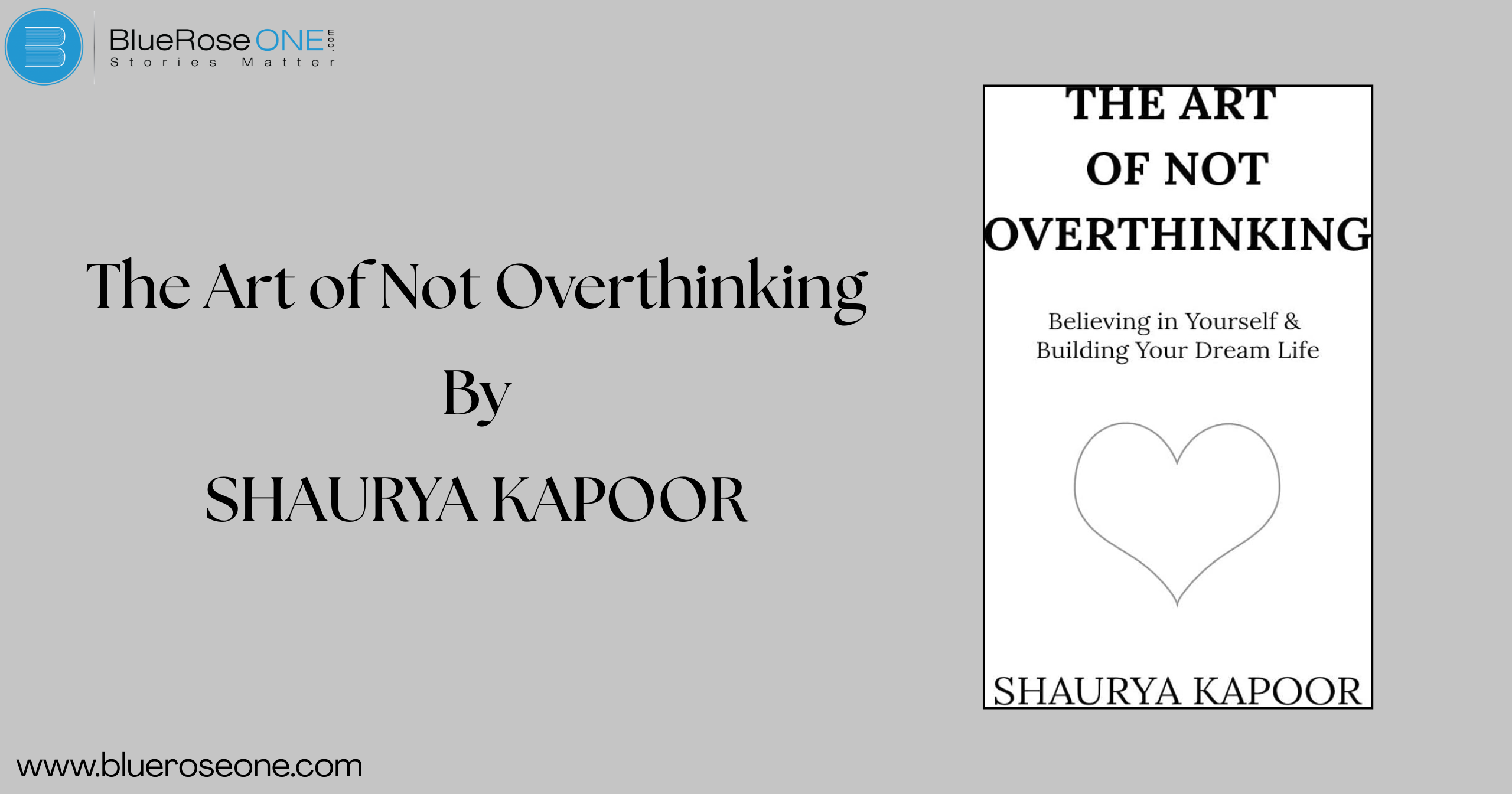In today’s fast-paced world, overthinking has become a common affliction, leading to anxiety, indecision, and a diminished quality of life. Shaurya Kapoor’s The Art of Not Overthinking: Believing in Yourself and Building Your Dream Life offers a compassionate and practical guide to breaking free from the chains of excessive rumination. Through relatable anecdotes, actionable strategies, and a warm, conversational tone, Kapoor empowers readers to cultivate self-belief, embrace mindfulness, and take decisive action toward a more fulfilling life.
Understanding Overthinking
Kapoor begins by dissecting the nature of overthinking, identifying it as a mental loop fueled by fear, self-doubt, and a desire for control. He emphasizes that overthinking often stems from deeper emotional triggers such as past traumas, fear of failure, and societal pressures. By recognizing these underlying causes, readers can begin to address the root of their overthinking patterns.
You may also read: Top 10 Must-Read Aadvika Pommu Novels
Key Themes and Lessons
Self-Awareness and Identifying Triggers
The Power of Decisive Action
Shifting to a Solution-Oriented Mindset
Letting Go of What You Can’t Control
Setting Boundaries and Saying No
Kapoor investigates the connection between overthinking and people-pleasing. He argues that saying “yes” to everyone might lead to emotional fatigue and frequent second-guessing. Individuals can lessen the mental strain that causes overthinking by setting appropriate limits and prioritizing their own well-being.
You may also read: What is the Ruler Archetype Definition with Powerful Examples
Embracing Imperfection
Simplifying Your Life
A busy surroundings typically results in a cluttered mentality. Kapoor advises reducing one’s environment, obligations, and digital habits in order to alleviate mental burden. Individuals can achieve clarity and focus by cleaning both their physical and mental spaces.
You may also like: Can we be strangers again? by Shirjeet Shandilya
Structure and Writing Style
Reader Reception
Conclusion
The Art of Not Overthinking serves as a gentle yet powerful guide for individuals seeking to break free from the shackles of excessive rumination. Through self-awareness, decisive action, and the cultivation of self-belief, Kapoor provides readers with the tools to navigate the complexities of the mind and embrace a more peaceful, purposeful life. While the book may not delve deeply into psychological theories, its strength lies in its accessibility and the heartfelt connection it establishes with readers. For those caught in the web of overthinking, Kapoor’s insights offer a path toward clarity, resilience, and self-empowerment.
You may also like: Pacing Definition in Literature? Guide for Writers and Readers
Notable Quotes from the Book
- “Things aren’t as bad as they seem, and even if they are, remember that you’re a good person, and beautiful things are always on their way to you, even if you can’t see them coming yet.”
- “People can choose not to believe in your dreams. They can choose to push you down and hurt you, and that’s not a problem. People are seldom okay with seeing other people grow. The problem begins when you start subscribing to their ideas and thoughts.”
- “It complicates everything and simplifies nothing.”
















